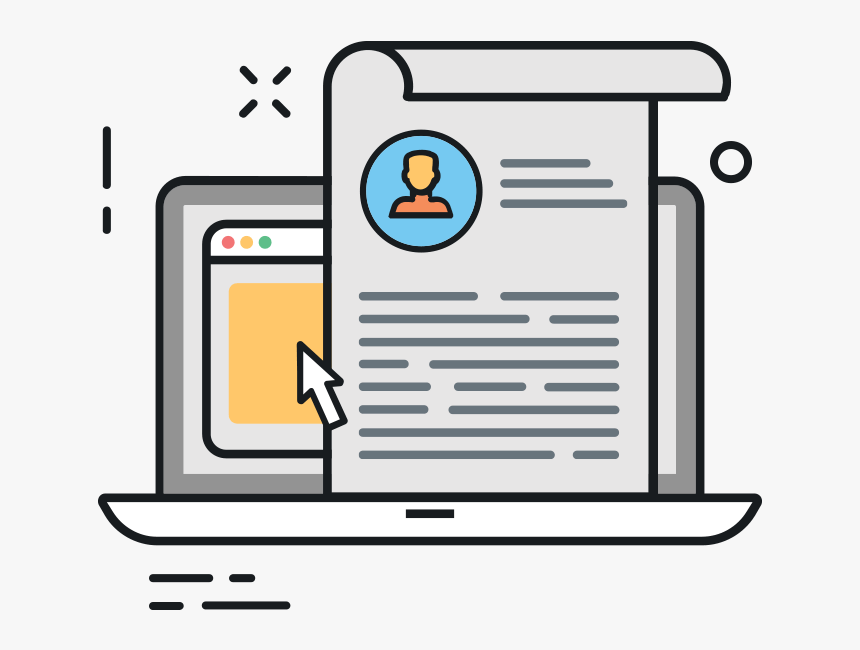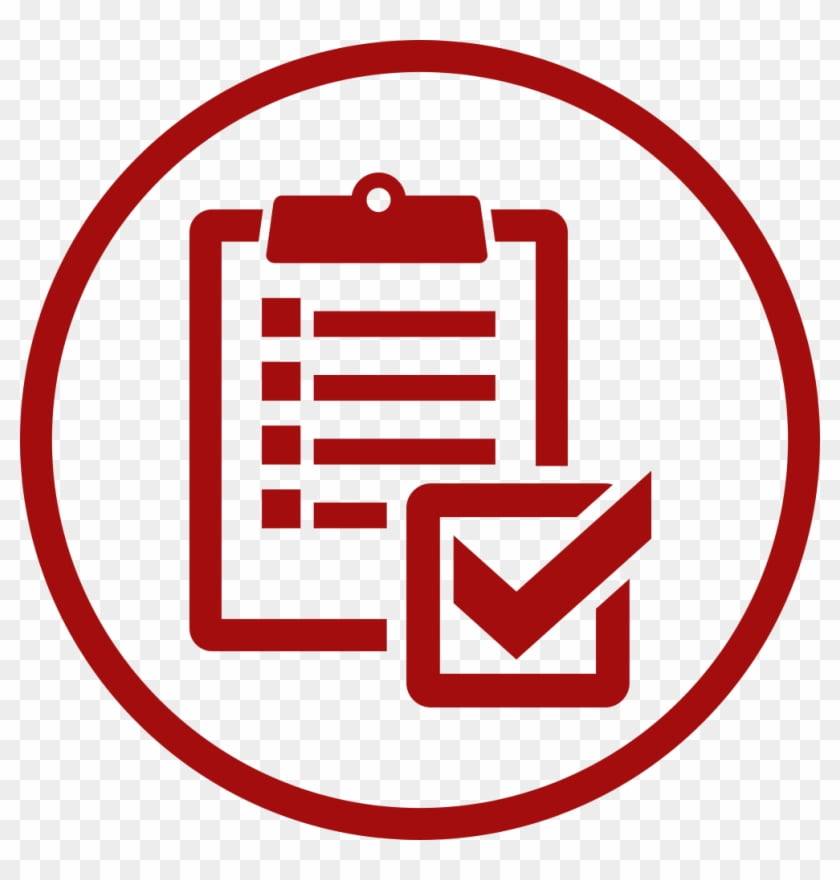Unlocking Digital Marketing Success: A 15-Step A/B Testing Guide
In today's rapidly evolving digital landscape, consistent optimization is crucial for maximizing campaign performance. A/B testing, also known as split testing, is a powerful tool for achieving significant improvements. This data-driven method allows for the objective comparison of two campaign variations, pinpointing the superior performer. This comprehensive guide provides a structured 15-step process for effective A/B testing, empowering you to refine your strategies and amplify your impact.
1. Define Measurable Objectives: Before commencing A/B testing, clearly define your goals. Whether aiming to increase click-through rates, conversion rates, or engagement, a precise objective guides your efforts and ensures meaningful results. Specificity is key – instead of "increase engagement," aim for "increase social media shares by 15%."
2. Strategic Element Selection: Carefully select the campaign components for testing. Consider headlines, call-to-action buttons, visuals, email subject lines, ad copy, landing page layouts, and more. Prioritize elements with the highest potential for impact based on your defined objectives. Focus on areas with the most significant influence on your KPIs.
3. Crafting High-Impact Variations: Create two distinct versions of your chosen element. Maintain consistency between variations, altering only the single element under test. This isolation ensures accurate analysis and directly links observed changes to the specific modification.
4. Precise Audience Segmentation: Divide your target audience into two equally sized groups for accurate testing. Randomly assign each group to a campaign variation. This randomization minimizes bias, ensuring a fair comparison and reliable results. Consider using tools to ensure even distribution.
5. Determining the Ideal Testing Duration: Establish an appropriate testing period. This period must be long enough to gather statistically significant data but short enough to avoid unnecessary delays in campaign timelines. Consider factors such as audience size, typical conversion rates, and the cost of running the test.
6. Ensuring Equitable Traffic Allocation: For website-based testing, utilize A/B testing software to distribute traffic evenly between variations. This equal exposure prevents skewed results due to unequal sample sizes and ensures the validity of your conclusions.
7. Comprehensive Metric Tracking: Closely monitor relevant Key Performance Indicators (KPIs) for each variation. Track click-through rates, conversion rates, bounce rates, time on page, and other metrics aligned with your campaign objectives. Detailed tracking provides a clearer understanding of user behavior.
8. Thorough Data Analysis: After the testing period, meticulously analyze the collected data. Identify statistically significant differences between variations to determine the superior performer. Avoid relying solely on intuition; let the data dictate your conclusions.
9. Applying Statistical Significance Tests: Employ statistical analysis tools to validate your findings. Ensure the observed differences are statistically significant, eliminating the possibility of results being due to random chance. This adds robustness and reliability to your conclusions.
10. Implementing the Winning Variation: Based on your analysis, implement the high-performing variation across your campaign. This may involve updating your website, email templates, ad campaigns, or other relevant marketing channels. This step directly translates successful tests into real-world improvements.
11. Continuous Testing for Ongoing Improvement: A/B testing is not a one-off event but an iterative process. Continuously test different elements; optimize one, then move to the next. This ongoing improvement cycle ensures your campaigns remain effective and competitive.
12. Detailed Documentation for Future Reference: Meticulously document the results and insights from each A/B test. This documentation serves as a valuable resource, guiding future experiments and building on previous successes. This knowledge base accelerates future optimization efforts.
13. The Importance of Single-Variable Testing: For accurate results, test one variable at a time. Testing multiple variables simultaneously complicates analysis, making it difficult to isolate the cause of observed changes. This simplifies interpretation and improves the reliability of results.
14. Leveraging Audience Segmentation for Personalization: Consider segmenting your audience based on demographics, interests, or behavior. This allows for creating tailored campaign variations, enhancing personalization and improving engagement. Tailored messaging resonates more strongly with specific audience groups.
15. Adapting to the Ever-Changing Digital Landscape: The digital marketing landscape is dynamic. Embrace continuous experimentation and adaptation. Stay updated on industry trends and leverage A/B testing to stay competitive and ahead of the curve. Continuous learning is crucial for sustained success.
By consistently implementing these steps and integrating A/B testing into your digital marketing strategy, you can unlock your campaigns' full potential, driving superior results and creating a more impactful online presence. Embrace data-driven decision-making – the foundation of success in the dynamic world of digital marketing.





No comments yet. Be the first to share your thoughts!